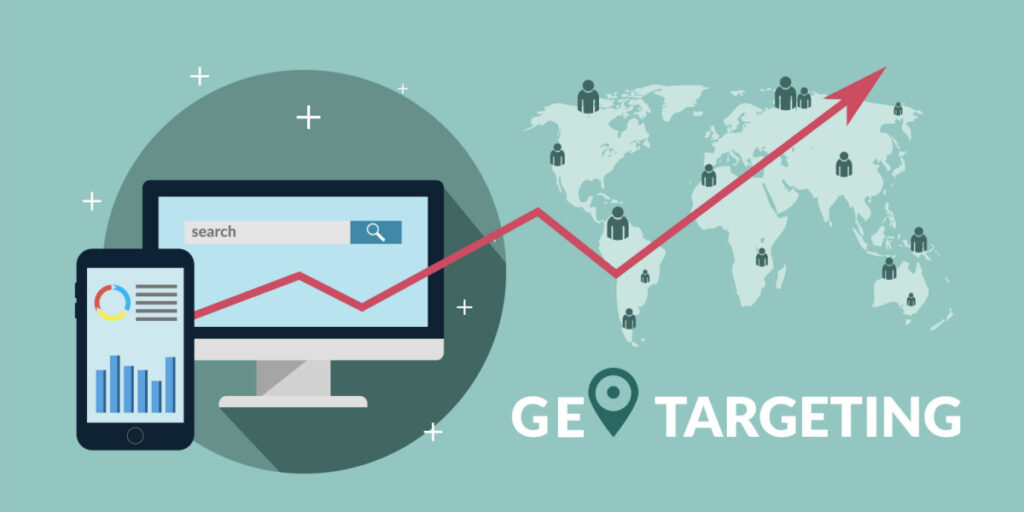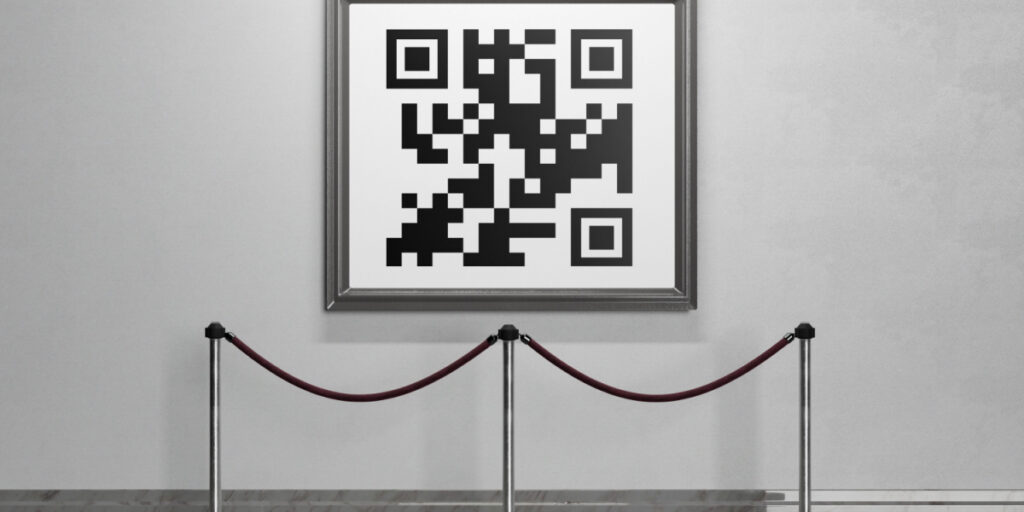With the world’s digital connectivity, it’s easy to overlook the potential of billboards, bus shelters, and other OOH advertising formats.
However, the global OOH advertising market is estimated to grow at a CAGR of 4.95% between 2022 and 2027, with the size of the market forecast to increase by USD 11,016.26 million.
While digital marketing certainly has its benefits, OOH advertising has a unique ability to reach consumers where they live, work, and play. But is it worth the investment for B2C companies?
In this article, we’ll explore the benefits of OOH ads for your business and how to measure your ROI.
Why OOH advertising should be a crucial part of your marketing strategy
OOH advertising’s relevance cannot be overlooked because brands trust it to get them value for their money. Here, we’ll look at five reasons why you should make OOH a crucial part of your marketing strategy:
Consumers interact more with the outdoor environment
A vast majority of American adults, approximately 96%, step outside each day. Among them, a survey revealed that 71% reported having seen at least one billboard while driving.
This presents an opportunity for brands to leverage OOH advertising as a means to reach a wide audience on a daily basis.
Recent studies also indicate that individuals who encounter an OOH ad campaign are 17% more inclined to engage with the brand or campaign on their mobile devices. Hence, companies seeking to boost their traffic and engagement levels can benefit from OOH advertising.
OOH ads are more economical than other forms of advertising
Companies don’t have to spend a lot because OOH advertising will reach more people than any other form of advertising. The cost of OOH advertisements is about half that of different advertising mediums, and it delivers high ROI for every ad.
OOH has the most impact on online engagement per ad dollar spent. Compared to different types of media, OOH is 382% more effective at getting people to go online than TV, 200% more effective than print, and 63% more effective than radio.
OOH is boosting higher conversion rates than alternative channels
OOH advertisements use QR codes to connect real-world customers with digital experiences. In the US, 89 million smartphone users scanned a QR code on their mobile devices in 2022.
Also, directional ads use technology like GPS or beacons to send targeted ads to people based on their location. When an ad points users back to your website or your company’s physical location, the ad’s relevance increases and leads to higher conversion rates.
A prime example is McDonald’s directional ads on giant billboards at the People’s Park Complex.
Likewise, NFC (Near-Field Communication) sensors in outdoor advertising allow consumers to make purchases or access information by tapping their smartphones on a sensor. However, only Nickelytics and 18% of other marketers know this.
OOH ads amplify your marketing in other channels
Out-of-home ads can complement other marketing channels, such as digital or social media, by reinforcing the messages and images shared in those channels.

OOH advertising appeals more to real-world consumers. Your campaign can be targeted to specific geographic locations, and maximize the impact of your marketing efforts in those areas.
The impacts of OOH ads are assessable.
OOH advertising can be easily tracked and measured, allowing you to determine the success of your campaigns and make data-driven decisions. Out-of-home ads can be measured by metrics like impressions, engagement, brand awareness, and ROI.
Partnering with Nickelytics as an added advantage
Out-of-home advertising is an even more attractive investment for B2C companies with real-time data and AI-generated route recommendations from Nickelytics.
Additionally, through strategic partnerships with geo-specific and cross-country drivers, as well as automated robots, Nickelytics brings brands to the faces of millions of Americans every day.
How to measure the ROI of your OOH campaign
With the increasing importance of data-driven decision-making, businesses need to use relevant metrics to accurately measure the impact of their OOH campaigns and justify the investment.
In the following section, we will explore some of the key metrics and methods for measuring the ROI of your OOH campaign.
Attribution modeling
This method involves identifying the different ways customers interact with your brand, from the moment they see your OOH ad to the point of purchase or conversion.
By attributing value to each touchpoint, you can determine which channels or tactics are most effective in driving conversions or sales.
For example, you can track how many customers visited your store or website after seeing your OOH ad, or how many people searched for your brand online.
Sales Conversion
Ultimately, the most crucial metric to measure ROI is sales. You can track sales during and after an OOH advertising campaign to determine if there’s been an increase in sales or if the campaign had any impact on revenue.
Sales conversion data can also help you evaluate the effectiveness of different OOH campaigns, locations, and messaging strategies.
Create a dedicated landing page
Consider creating a dedicated landing page with a clear call to action that aligns with your ad. Ensure that the landing page is designed to track metrics such as page visits, leads, and conversions.
Keep in mind that many consumers may view your ad while driving, which makes it difficult for them to take note of a long URL.
It’s important to keep the landing page web address short and easy to remember, so customers can easily access the page and take action.
Social media engagements
Out-of-home ads can generate buzz on social media, allowing you to track social media mentions, hashtags, and user-generated content related to your campaign to gauge its effectiveness.
Memorable slogans and hashtags used in your OOH campaign can be tracked to measure their impact on social media platforms.
This enables marketers to bridge the gap between the physical and digital worlds, providing a comprehensive understanding of the effectiveness of their OOH campaign.
Trackable QR and promo codes
These codes can be linked to specific landing pages or offers, making it easy to track the number of clicks, conversions, and sales generated by your OOH ads.

With QR and promo codes, you can also collect valuable data on your audience’s behavior, such as the time and location of the scan, and use this information to optimize your campaigns and improve your ROI.
The key is to determine the KPIs that are relevant to your business objectives and measure them consistently to determine the overall impact of your OOH advertising efforts.
In conclusion
While the marketing landscape is constantly evolving, Out-of-Home (OOH) advertising continues to prove its worth as a valuable investment for B2C companies.
OOH advertising’s unique ability to interact with consumers in the outdoor environment, coupled with its cost-effectiveness and measurable impacts, make it an attractive advertising medium for businesses of all sizes.
While OOH advertising is not without its challenges, the benefits it provides make it a relevant and productive option for businesses looking to reach their target audience in a unique and impactful way.




